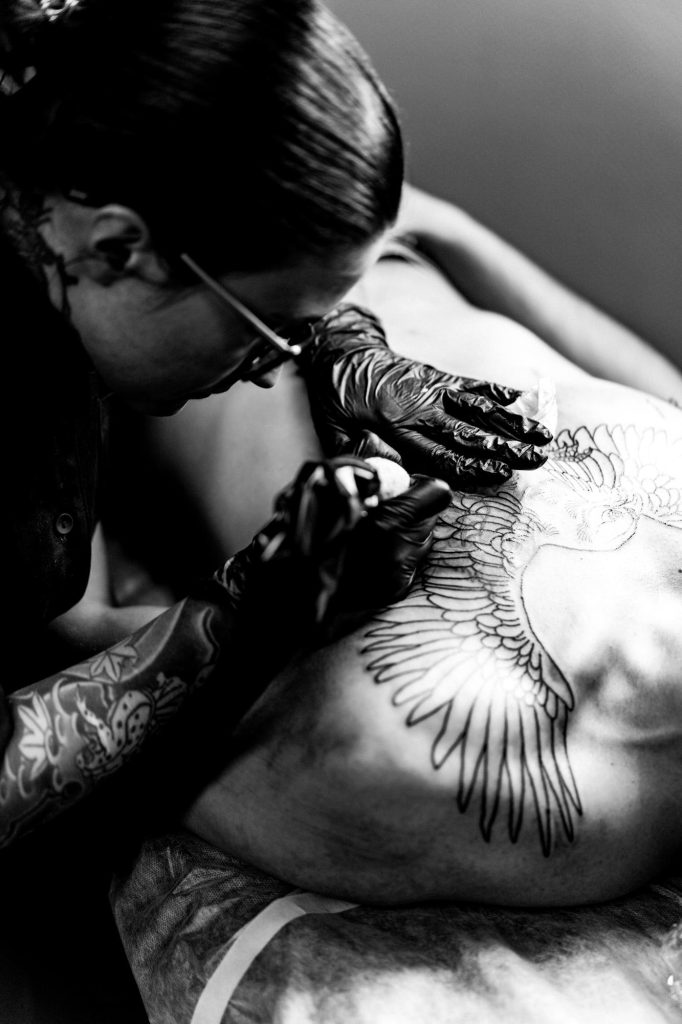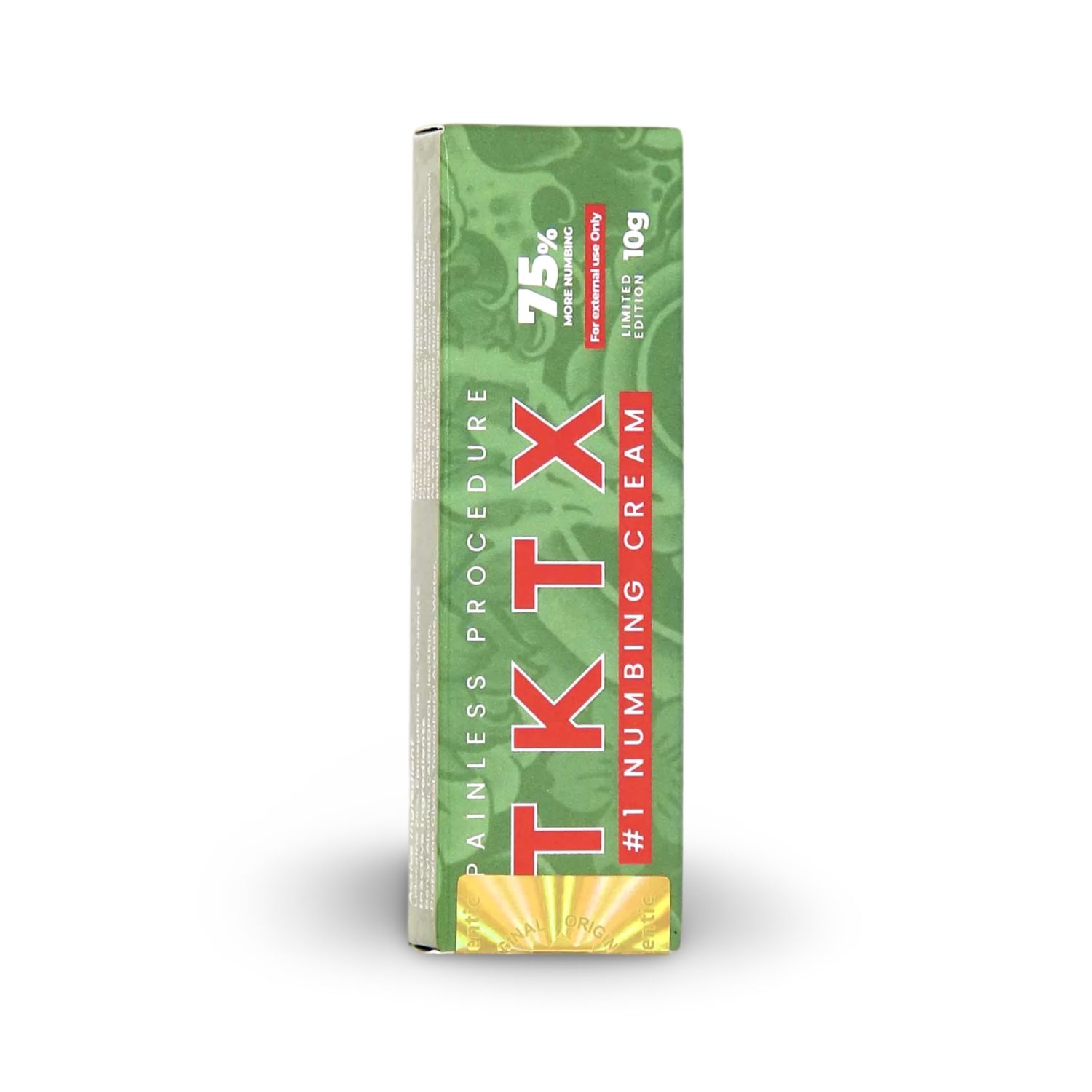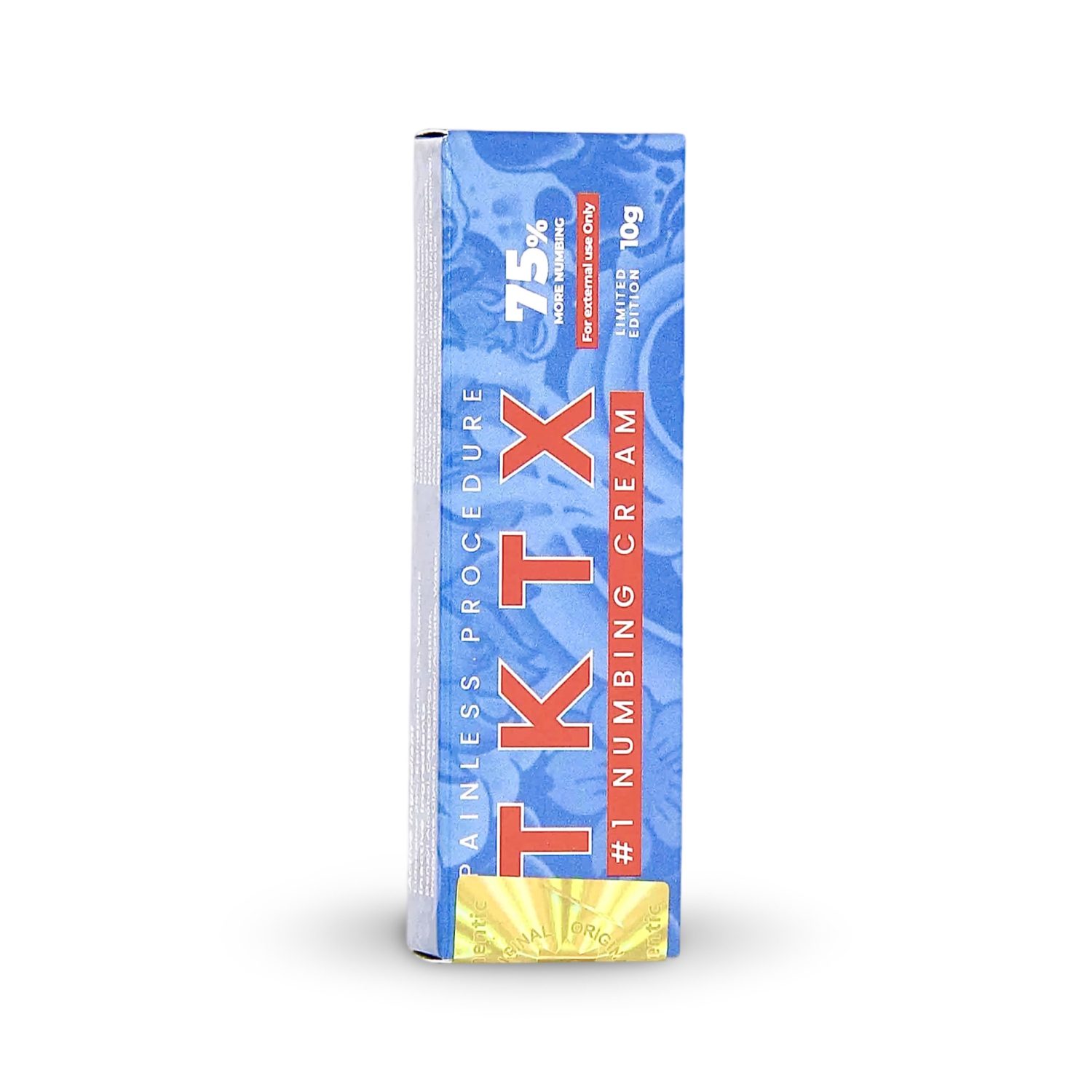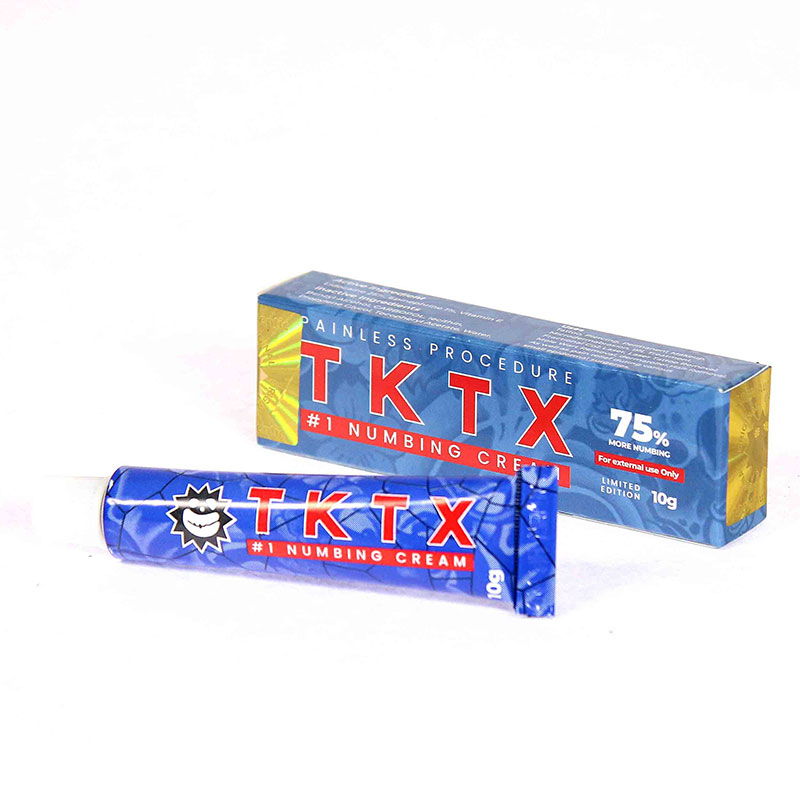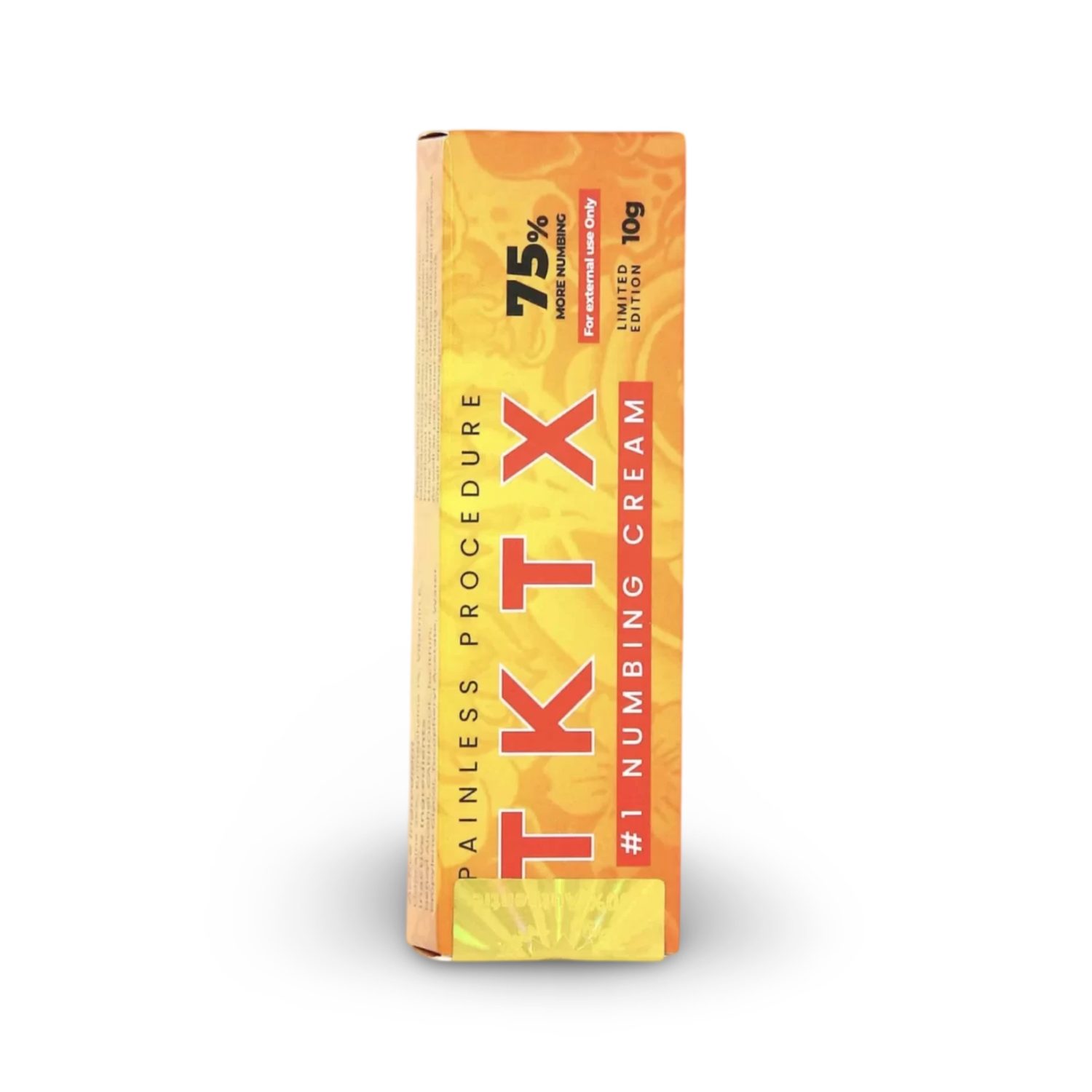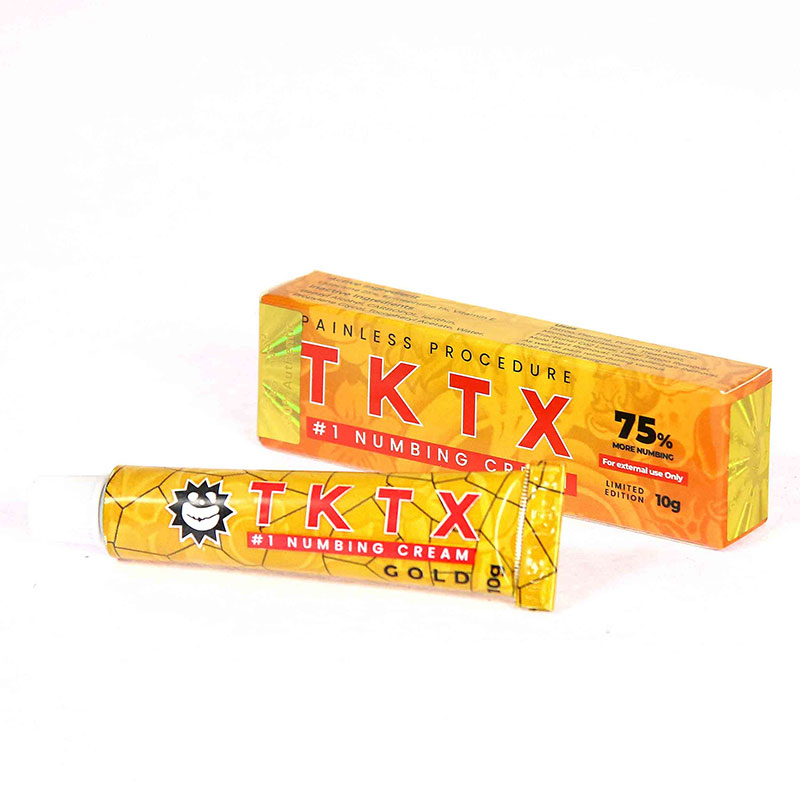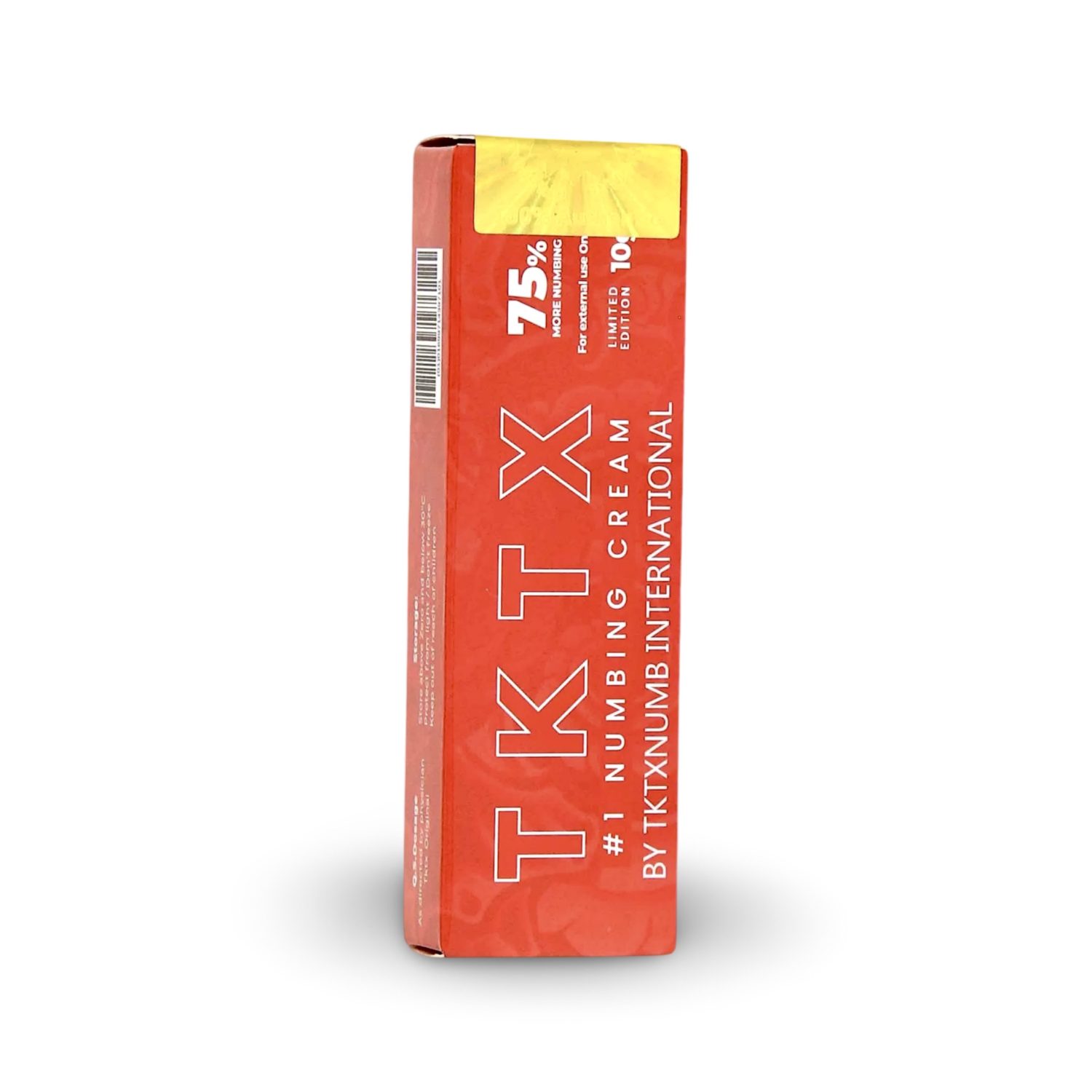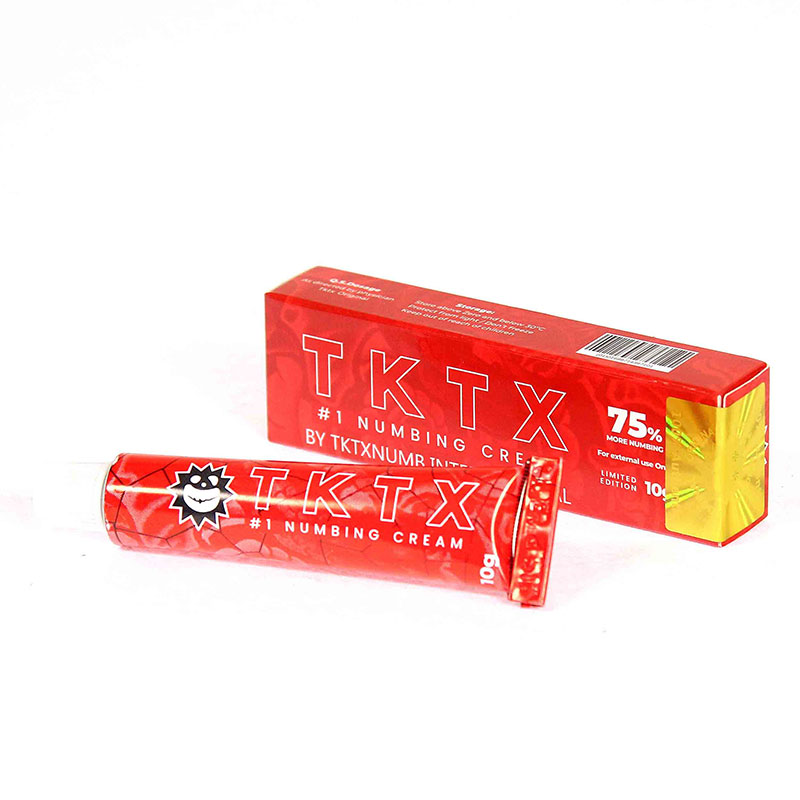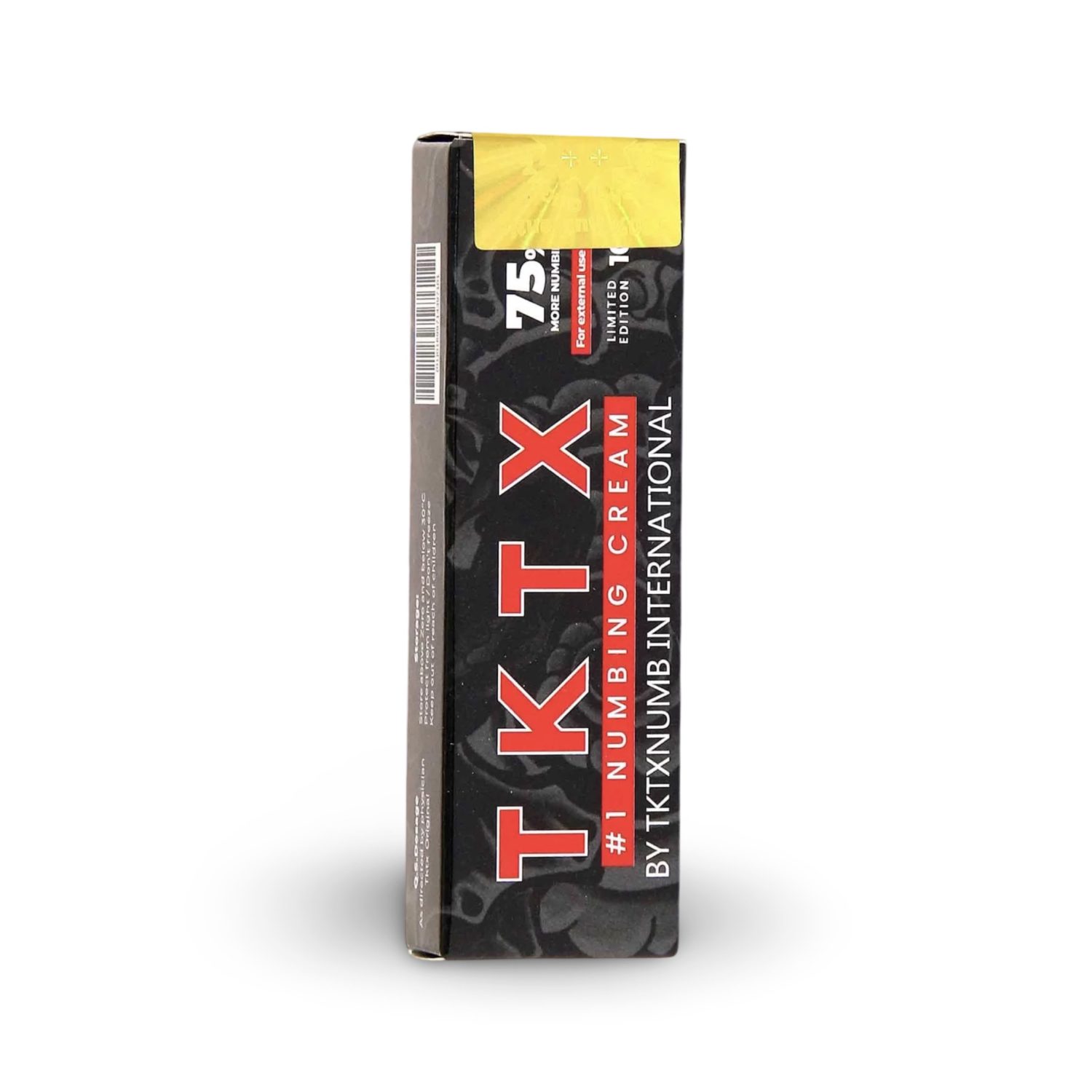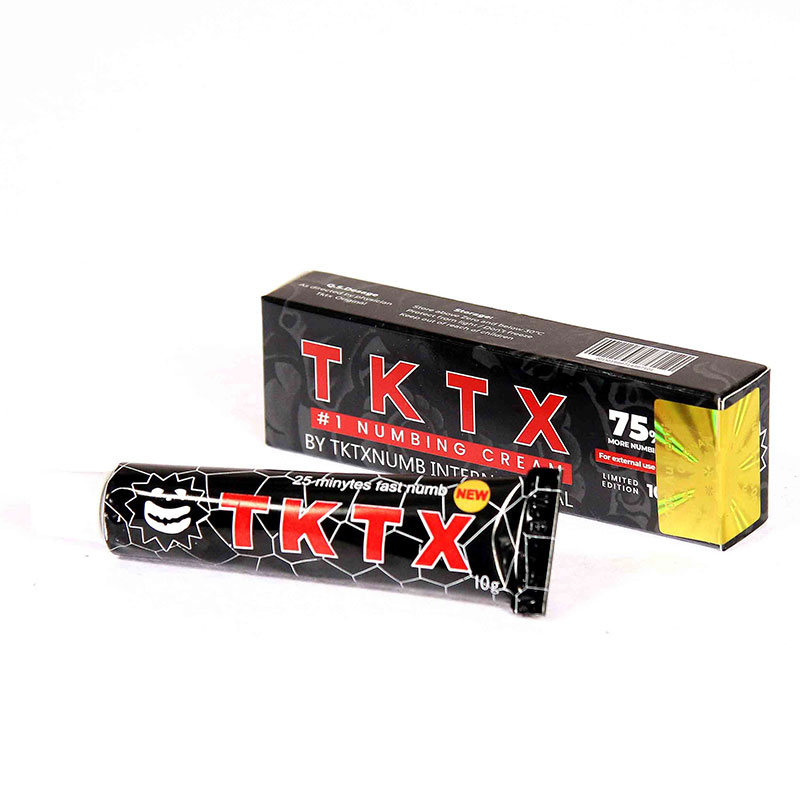Blog
The 8 most painful tattoo spots
Brace yourself for these painful tattoos
Now that you’ve gained an understanding of the subjective nature of pain perception in tattooing, brace yourself for these painful tattoos that will test your dedication to the art. Coping mechanisms for tattoo pain are crucial when facing a potentially painful experience. Pain management techniques during tattooing can include deep breathing exercises, focusing on a specific point, or listening to calming music. These techniques help distract your mind and reduce the intensity of the pain.
Preparing mentally for a painful tattoo is essential. Visualize yourself successfully enduring the process and remind yourself of the meaningful reason behind getting the tattoo. This psychological preparation can help build resilience and make it easier to tolerate discomfort.
When choosing a less painful tattoo spot, consider areas with more muscle or thicker skin, as they tend to be less sensitive. Additionally, keep in mind that adrenaline plays a role in managing tattoo pain. The body releases adrenaline during times of stress or excitement, which can slightly numb pain sensations.
Enduring pain for art is not just about physical discomfort but also about embracing the deeper meaning behind your chosen design. Remember that enduring this temporary pain can enhance the overall experience and create a stronger connection between you and your tattoo.
In conclusion, while these painful tattoos may test your tolerance, they also offer an opportunity for personal growth and self-expression through body art. With proper coping mechanisms, mental preparation, and an understanding of the significance behind enduring pain for art’s sake, you can embrace these challenging experiences with grace and emerge with a beautiful symbol etched onto your skin.
8. Hands and feet
Imagine getting a tattoo on your hands or feet, where sensitivity and an abundance of nerve endings can make the experience quite intense. Pain management techniques become crucial in these delicate areas to ensure a more bearable tattooing process. Here are some tips and insights to consider:
- Tattoo aftercare for hands and feet: Due to constant use and exposure, these areas require extra care during the healing process. Regular cleaning, moisturizing, and avoiding excessive sun exposure are essential for proper healing.
- Creative designs for sensitive areas: Intricate patterns or small symbols can be visually appealing while minimizing pain. Delicate line work or minimalist designs can be perfect choices for hands and feet.
- Celebrity tattoos on hands and feet: Many celebrities have adorned their hands and feet with meaningful tattoos. Exploring their choices may inspire you when selecting your own design.
- Tips for choosing a tattoo artist for sensitive spots: Look for an experienced artist who specializes in working with sensitive areas. Ask about their pain management techniques during the consultation phase.
While hand and foot tattoos may cause discomfort, it’s important to weigh the pain against the beauty they bring. These tattoos often hold cultural significance, symbolizing personal beliefs or rites of passage.
Lastly, mentally preparing yourself is crucial before diving into a painful tattoo experience. Practice deep breathing exercises or engage in relaxation techniques to help manage any anxiety or pain that may arise during the process.
Remember, with proper preparation, pain management techniques, and a skilled artist by your side, getting a beautiful hand or foot tattoo can be an ultimately rewarding experience in self-expression.
7. Neck
Moving up our list, the neck emerges as an area where pain perception can vary significantly from person to person. When it comes to getting a tattoo on your neck, there are several factors to consider.
Neck pain during the tattooing process can be influenced by various factors such as individual pain tolerance, the specific location of the tattoo, and even the design itself.
Neck tattoos have gained popularity in recent years due to their visibility and symbolism. They can be a powerful form of self-expression, often representing personal beliefs or significant life events. However, it’s important to note that neck tattoos may require extra care during the healing process due to the constant movement of the head and potential irritation from clothing or accessories.
When considering a neck tattoo, placement is key. Some people opt for designs that wrap around the side or back of their necks, while others prefer smaller designs on the front. The choice of placement can affect both pain levels and visibility.
It’s essential to discuss your ideas with an experienced tattoo artist who can guide you through the process and provide valuable insights into neck tattoo risks and aftercare. They will ensure that your chosen design is suitable for this sensitive area and help minimize any potential complications.
In conclusion, getting a tattoo on your neck can be a unique and meaningful experience. While it may involve some discomfort during the process and additional care afterward, with proper preparation and guidance from a professional artist, you can achieve a beautiful piece of art that reflects your individuality and story.
6. Head
At the pinnacle of sensitivity and vulnerability lies the head, an intimate canvas for self-expression that can evoke a profound sense of identity. When it comes to tattooing this intricate region, pain perception can vary greatly from person to person.
The scalp, for example, is known to be less painful due to its abundance of muscle and protective layers. However, areas like the temple or forehead can elicit discomfort during the tattooing process.
Pain tolerance variations play a significant role in determining the level of discomfort experienced during head tattoos. While some individuals may find certain areas more bearable, others might perceive them as intensely painful. It is crucial to remember that pain is subjective and highly personalized when considering getting a tattoo on your head.
Fortunately, there are solutions available to alleviate some of the pain associated with head tattoos. Numbing creams can be highly effective in temporarily blocking pain signals and reducing sensations of discomfort. Although they may not completely eliminate all sensations, using numbing cream can significantly enhance your tattooing experience on your head.
In addition to their potential for discomfort, head tattoos also possess an unparalleled intimacy and intricacy. They serve as a unique form of self-expression that creates a lasting symbol of personal identity. Therefore, despite any temporary pain or discomfort you may encounter during the process, embracing this art form on your head allows you to showcase your individuality in an extraordinary way.
5. Rib cage
The rib cage, known for its thin and sensitive skin, offers a unique challenge when it comes to tattooing. The lack of significant muscle in this area and its proximity to the bone make it one of the most painful spots to get a tattoo. If you have a low pain tolerance, you might want to think twice before choosing this location for your ink.
When it comes to rib cage designs, there are countless possibilities. From intricate floral patterns that wrap around your side to meaningful quotes or symbols that hold personal significance, the rib cage allows for creativity and self-expression. However, it’s essential to consider the potential pain involved in achieving these beautiful designs.
Managing pain during a rib cage tattoo can be challenging but not impossible. Many individuals find relief by using numbing creams before their session or taking over-the-counter pain relievers as directed by their tattoo artist or healthcare professional. Additionally, deep breathing exercises and focusing on something positive can help distract from the discomfort.
Aftercare is crucial when it comes to healing a rib cage tattoo. Keeping the area clean and moisturized with fragrance-free ointments will promote proper healing and reduce the risk of infection. It’s also important to avoid tight clothing that may rub against the tattooed area and cause irritation.
While getting a rib cage tattoo may involve some level of discomfort, remember that enduring temporary pain can lead to an enduring symbol of self-expression and beauty on your body.
4. Spine
Journeying up our exploration of sensitive tattoo areas, we arrive at the intricate path of the spine. The spine, with its proximity to the spinal cord and abundance of nerve endings, presents a unique challenge for those seeking spine tattoos. Pain experienced during this process can vary depending on individual pain tolerance, but it is generally regarded as a highly sensitive and painful spot.
Spine tattoo designs are often chosen for their symbolic representation of strength, resilience, and personal growth. They can encompass various elements such as intricate patterns, delicate flowers or vines, or even quotes that hold deep significance. The placement of these tattoos along the length of the spine adds to their allure and artistic appeal.
Managing pain during spine tattoos may require some additional measures. Tattoo numbing creams can be used to temporarily block pain signals and reduce discomfort. It’s also essential to communicate openly with your tattoo artist about your pain tolerance and take breaks if needed.
Aftercare for spine tattoos is crucial to ensure proper healing. Following your artist’s instructions regarding cleaning, moisturizing, and avoiding excessive movement will aid in minimizing any potential complications.
When considering a spine tattoo, find inspiration in its symbolism and embrace the journey it represents—pain becomes an integral part of the artistry that adorns this remarkable pathway through which our bodies find strength and mobility.
3. Armpit
Navigating further up our exploration, let’s delve into the armpit, an area that demands your attention when considering tattoos.
Armpit tattoos can be particularly painful due to the high sensitivity of this region. The skin here is thin and delicate, making the tattooing process more intense and uncomfortable.
When it comes to armpit tattoo pain, it’s important to note that individual pain tolerance may vary. Some people may find the experience bearable, while others might find it excruciating. However, regardless of pain level, armpit tattoos are known for their unique challenges.
Armpit tattoo designs offer a wide range of creative possibilities. From small symbols to intricate patterns or even larger pieces that extend onto the chest or upper arm, there are endless options for self-expression in this area.
Aftercare for an armpit tattoo is crucial to ensure proper healing. Due to the nature of this location and its constant movement and exposure to sweat and friction, extra care must be taken. Keeping the area clean and dry, avoiding tight clothing or excessive rubbing against the tattooed skin will promote faster healing and minimize complications such as infection or irritation.
Just like any other tattoo placement, there are risks associated with getting an armpit tattoo. Infection is a concern due to bacteria present in this area; therefore, choosing a reputable artist who follows strict hygiene practices is essential.
In conclusion, while armpit tattoos can be one of the most painful spots to get inked due to their sensitivity and thin skin, they also offer unique opportunities for artistic expression. By carefully considering design choices and practicing proper aftercare techniques, you can navigate through the challenges associated with armpit tattoos and embrace them as a meaningful addition to your body art collection.
2. Knee
Now that we’ve explored the sensitive and painful tattoo spots like the armpit, let’s move on to the next area: the knee.
Getting a tattoo on your knee can be quite a challenge due to its bony structure, which amplifies the discomfort during the tattooing process. However, with proper care and management, you can still achieve a stunning knee tattoo.
When considering a knee tattoo, it’s essential to take into account its placement. The front of the knee is generally more painful than the sides or back due to its proximity to bone and nerve endings. It’s important to communicate openly with your tattoo artist about your pain tolerance and discuss design ideas that work well with this unique canvas.
Aftercare tips for knee tattoos are crucial for ensuring proper healing. Keep in mind that bending and flexing the knee may cause friction, so it’s important to protect your fresh ink by avoiding tight clothing or excessive movement. Additionally, regularly applying a gentle moisturizer can help keep the skin hydrated during the healing process.
Like any other tattoo, there are risks associated with getting inked on your knee. Proper sterilization techniques should be followed by your chosen tattoo artist to minimize infection risks. It’s also essential to follow their aftercare instructions diligently.
When it comes to inspiration for knee tattoos, there are endless possibilities! From geometric designs that embrace the shape of your kneecap to intricate mandalas or floral patterns that flow along with your leg’s contours – creativity knows no bounds.
Remember, while getting a tattoo on your knee may involve some discomfort and require careful care throughout the healing process, it can result in a beautiful piece of art that showcases both self-expression and resilience.
1. Inner Bicep
As you delve into the world of tattooing, imagine the sensation of getting inked on your inner bicep. The thin and delicate skin close to the bone creates a stinging yet intimate experience. The pain level associated with inner bicep tattoos can vary from person to person, but it is generally considered one of the more painful spots due to its proximity to bones and nerves.
When considering an inner bicep tattoo, it’s important to take into account its placement and size. The inner bicep offers a limited canvas for larger designs, so smaller or more compact designs tend to work best in this area. Popular choices for inner bicep tattoos include symbols, quotes, or small intricate designs that can fit well within the space.
Aftercare for an inner bicep tattoo is crucial to ensure proper healing. It’s essential to keep the area clean and moisturized while avoiding any friction or irritation. Following your tattoo artist’s aftercare instructions and using recommended products will promote optimal healing.
If you’re seeking design inspiration for an inner bicep tattoo, consider following talented artists who specialize in this area. Their unique styles and artistic vision can help guide you in creating a design that truly reflects your personal expression.
While getting an inner bicep tattoo may involve some discomfort, remember that pain is temporary compared to the lasting beauty of body art. Embrace the process with confidence and trust in your chosen artist’s expertise as they create a meaningful piece that will become a part of your identity.
Numbing the most painful spots
Ease the discomfort of sensitive areas during tattooing by using tattoo numbing cream, which can significantly enhance your experience and allow you to fully embrace the art. Tattoo numbing creams offer a practical solution by temporarily blocking pain signals, reducing sensations of pain and discomfort. However, it’s important to consider some factors before using numbing creams.
Tattoo placement considerations play a crucial role in determining how painful the experience will be. Areas with thin skin or close proximity to bones and nerves tend to be more sensitive. Additionally, proper aftercare is vital for sensitive areas to prevent infection and promote healing.
Individual pain perception varies based on factors like genetics, tolerance levels, and mental state. Moreover, choosing an experienced tattoo artist who specializes in working with sensitive areas can make a significant difference in minimizing pain.
Psychological strategies can also help cope with tattoo pain. Deep breathing exercises, visualization techniques, or listening to calming music can distract your mind from the discomfort.
Furthermore, exploring the cultural significance of pain in tattooing reveals how enduring the process symbolizes dedication and commitment to self-expression.
While there are benefits to using numbing creams for painful tattoos, such as making the experience more bearable and allowing you to fully enjoy the art form, it’s important to note that they might not entirely eliminate all sensations. It’s crucial to follow proper instructions when using these creams and consult with your tattoo artist for their recommendations on managing pain effectively while ensuring optimal results.
Embrace the pain with Numbing Cream
Embrace the sensation by using numbing cream to enhance your tattooing experience and fully enjoy the art form. Numbing cream can be a game-changer when it comes to managing pain during the tattooing process. By temporarily blocking pain signals, it allows you to focus on the beauty of the artwork rather than any potential discomfort.
To paint a picture for you, here are four reasons why using numbing cream is a wise choice:
- Enhanced Comfort: Numbing cream significantly reduces sensations of pain and discomfort, making your tattooing experience more bearable.
- Longer Sessions: With numbing cream, you can endure longer tattoo sessions without feeling overwhelmed by pain.
- Better Focus: By minimizing discomfort, numbing cream helps you stay relaxed and focused on the design ideas and placement choices discussed with your tattoo artist.
- Faster Healing: Aftercare plays a crucial role in ensuring proper healing of your tattoo. Pain management techniques like using numbing cream can alleviate any post-tattoo soreness, allowing for a smoother healing process.
Remember that while numbing cream can greatly improve your tattoo journey, it may not entirely eliminate all sensations. It’s always best to consult with your tattoo artist for their recommendations on pain management options or if you’re considering tattoo removal in the future.
Embrace the artistry of tattoos and make your experience as enjoyable as possible with the help of numbing cream!
Our products
Frequently Asked Questions – about this post
How long does the pain typically last after getting a tattoo in one of these sensitive areas?
The pain experienced after getting a tattoo in sensitive areas can vary from person to person. It’s important to note that pain management techniques during the tattooing process, such as using numbing cream, can make the experience more bearable.
Aftercare is crucial in minimizing pain and promoting healing. Properly cleaning and moisturizing the tattooed area, avoiding excessive sun exposure, and following any specific instructions given by the tattoo artist can help reduce discomfort.
The long-term effects of tattoo pain can differ depending on individual pain tolerance and the psychological impact it may have. Some individuals may experience lingering soreness or sensitivity in the tattooed area for a period of time after getting the tattoo.
Healing time and recovery for tattoos in sensitive areas generally range from a few weeks to several months. It’s important to be patient and allow the body enough time to heal properly. If the pain persists or becomes severe, it is advisable to consult with a healthcare professional or the tattoo artist for further guidance.
Are there any specific aftercare instructions for tattoos in these painful spots?
When it comes to tattoo aftercare in painful spots, there are a few specific instructions to follow.
Firstly, ensure that you keep the area clean and dry, avoiding any excessive moisture or friction. Apply a thin layer of fragrance-free moisturizer regularly to promote healing.
It’s important to avoid picking or scratching at the tattoo as it heals. Additionally, be mindful of your clothing choices, opting for loose-fitting garments that won’t rub against the sensitive area.
Remember that touch-ups may be more uncomfortable in these spots, but tattoo numbing creams can help manage pain during the process.
From a psychological perspective, getting a tattoo in a painful spot can evoke mixed emotions ranging from pride and empowerment to temporary discomfort and vulnerability. Tattoo artists should approach clients with sensitivity and empathy when dealing with difficult pain-sensitive clients.
Lastly, while tattoo removal in painful areas may be uncomfortable, it’s important to weigh the potential discomfort against your desired outcome before making any decisions about removal.
Are there any techniques or strategies to help manage the pain during the tattooing process?
To manage pain during the tattooing process, there are several techniques you can try.
- Topical numbing creams can provide temporary relief by blocking pain signals.
- Breathing exercises help distract and relax you, making the pain more tolerable.
- Distraction techniques, such as listening to music or engaging in conversation, divert your attention from the pain.
- Mindfulness and meditation can also be effective in managing tattoo pain.
- Choosing a tattoo placement that is less sensitive, using ice packs or cold compresses before tattooing, and having an experienced artist can all contribute to minimizing pain during the process.
Can the pain experienced during tattooing in these areas be compared to any other common experiences?
The pain experienced during tattooing in sensitive areas can be compared to childbirth, as both involve intense sensations and endurance. However, pain tolerance plays a significant role in tattooing, as individuals may perceive and cope with pain differently.
Enduring pain for art can have psychological implications, showcasing one’s commitment and dedication to self-expression. Exploring alternative methods for numbing tattoo pain, such as using numbing creams or focusing on deep breathing techniques, can help manage discomfort.
Tattooing in sensitive areas may carry additional psychological implications due to the vulnerability and personal significance of those body parts. For first-time clients, it is essential to discuss pain management techniques with the tattoo artist beforehand.
Cultural perspectives vary on enduring pain for body modification, with some cultures embracing it as a rite of passage or a symbol of strength. Adrenaline can influence pain perception during tattooing by temporarily reducing sensitivity and increasing tolerance levels.
Are there any risks or complications associated with getting tattoos in these sensitive areas?
When considering getting a tattoo in sensitive areas, such as the hands, feet, neck, head, rib cage, spine, armpit, knee, or inner bicep, there are potential risks and complications to be aware of. These include the possibility of infection due to the delicate nature of these areas and the importance of finding an experienced tattoo artist who can minimize these risks.
Excessive swelling can also lead to complications and affect healing time. Numbing options can help minimize pain during tattooing in sensitive spots. Factors such as skin type and thickness may influence the level of pain experienced.
Additionally, long-term effects on the skin should be considered when choosing to get a tattoo in these sensitive areas.
BUY TATTOO CREAM?
After years of experience with these creams, we have the expertise to offer you a carefree tattoo session. Our webshop offers high-quality products at the best prices and we want to make sure that our customers have both the best products and the best experience when shopping with us. Whether you want a small tattoo or an extensive sleeve, our cream is here to help you get a tattoo. We ensure fast delivery and customer service that is always there to answer any questions or concerns you may have.

